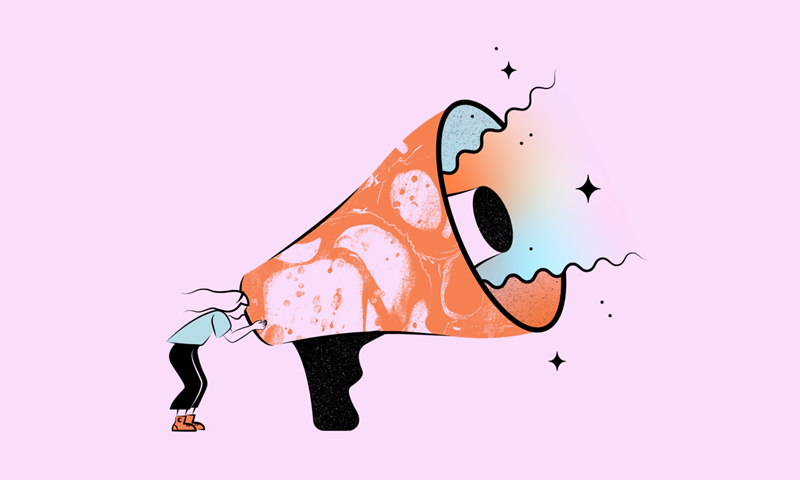Our website uses Cookies - by using this site or closing this message you're agreeing to our Terms & Conditions, Cookie Policy and Privacy Policy
xNew research: Teenagers and public space
Date: 17th July 2023
Category:
Education, Leisure and Cultural Activities
Author:

Discover the voices and perspectives of Scottish teenagers in APiC’s latest report, which delves into their needs and aspirations concerning public spaces. The findings centre around antisocial behaviour, the challenges faced by young people in their communities, and their innovative solutions.
The report gives voice to Scottish teenagers’ viewpoints, needs and aspirations with regard to public spaces. While it covers a broad range of related topics, the findings of particular potency, relevance, and general interest at this time, are those related to antisocial behaviour (ASB), the challenges young people face in their communities, and their ideas on how to fix them.
The research involved 146 young people, aged 12-18 across three Scottish communities Huntly (Aberdeenshire), Denny (Falkirk), and North Edinburgh. The commonality of the findings across three diverse communities, means there’s a good likelihood many are generalisable to a broader UK context.
Key findings include:
- Antisocial behaviour (ASB) is largely attributable to boredom and the lack of purposeful opportunities, or places to hangout, which are accessible and affordable for all.
- Adults tend to tar all teenagers with the same brush, even though ASB is attributable to a minority. Prejudice, unwelcoming and antisocial behaviour directed at young people was an experience common to all, and in itself promotes teenage ASB.
- Teenage girls don’t feel safe going out in some communities, unless they are in groups. In one case study, even in groups they will travel elsewhere to hangout. Girls reported that places that are family-friendly often feel safest and most appealing to hangout in.
- Litter, vandalism and poorly-maintained public spaces depress teenagers -even those who are responsible - but they don’t see why they should care about a place, if no one else does.
- Natural spaces are important to teenagers, as well as affordable sports and leisure facilities, interest clubs and age-appropriate play equipment.
- In the absence of good adult or peer role models, ‘cool’ is often defined by rebellious older siblings and local groups, which entrenches ASB over time.
- ASB has been exacerbated by the isolation we all experienced during the COVID-19 pandemic, and by a tendency for adults and peers to avoid tackling the issue since. Young people are calling for tougher enforcement of social rules to accompany improved opportunities.
- Teenagers were clear that involving them meaningfully in the design of public spaces and strategies for addressing ASB was critical to resolving all of the above.
According to A Place in Childhood, the research demonstrates the vital importance and value of better engaging, enabling, and supporting our teenagers. Greater effort needs to be made to understand and raise awareness of what it’s like to be a teenager these days, in their own terms. Giving them an equal seat at the table will improve decision-making and help ease intergenerational tensions and ASB.
